Understanding Dragon Types: Dragon types and Bird Types
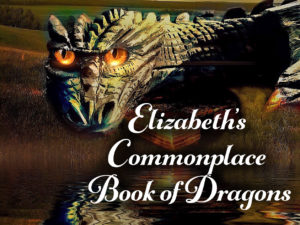
Peek into Elizabeth Bennet’s world of dragons through her commonplace book as she seeks to understand dragon types.
If you missed the start of grown up Elizabeth’s adventure with dragons, check out this post . If you missed the first installment in Elizabeth’s Commonplace Book, you can find it here.
September 1801
Mama’s urgent errand turned out to be cutting flowers in the garden for vases in the drawing room. Guests were planned for dinner, though she did not bother to mention it to us earlier in the week. Perhaps it is because Papa does not prefer to have company and she would avoid hearing him complain about it. The company proved quite dull indeed, not a Dragon Mate among them. I should love to have a dinner party with just Dragon Mates and maybe even their dragons as well. What a delightful event would that be. I do not see that ever happening at Longbourn, though.
At last though, I am at leisure to return to the task assigned by Papa. He added to the assignment just this morning though. He asked me how dragons, that look very much like animals, were set apart from animals. It seems there has been some great debate amongst the Blue Order on the matter.
Truly, though, I do not understand what there is to debate about. Dragons are–what is the word, I just learnt it in my lessons last week–sentient! That is the word! It means: characterized by sensation and consciousness. In that dragons are like people.
Papa says some argue it is intelligence that sets them apart, or the ability to speak. But that hardly makes sense. Some people are very intelligent, and some most clearly not. Some people talk a never-ending stream of words, and some rarely speak at all. Dragons are the same. Some have precious little sense about them, but being stupid does not mean they are not dragons! Heavens, according to Papa, fully half of Meryton would not qualify as people if that criteria were applied to men and women. I have a feeling he would not like to hear me say that though. I should return my attention to dragon types.
In addition to Snake types and wyrm types, I know of two other major types of dragons.
Dragon Types
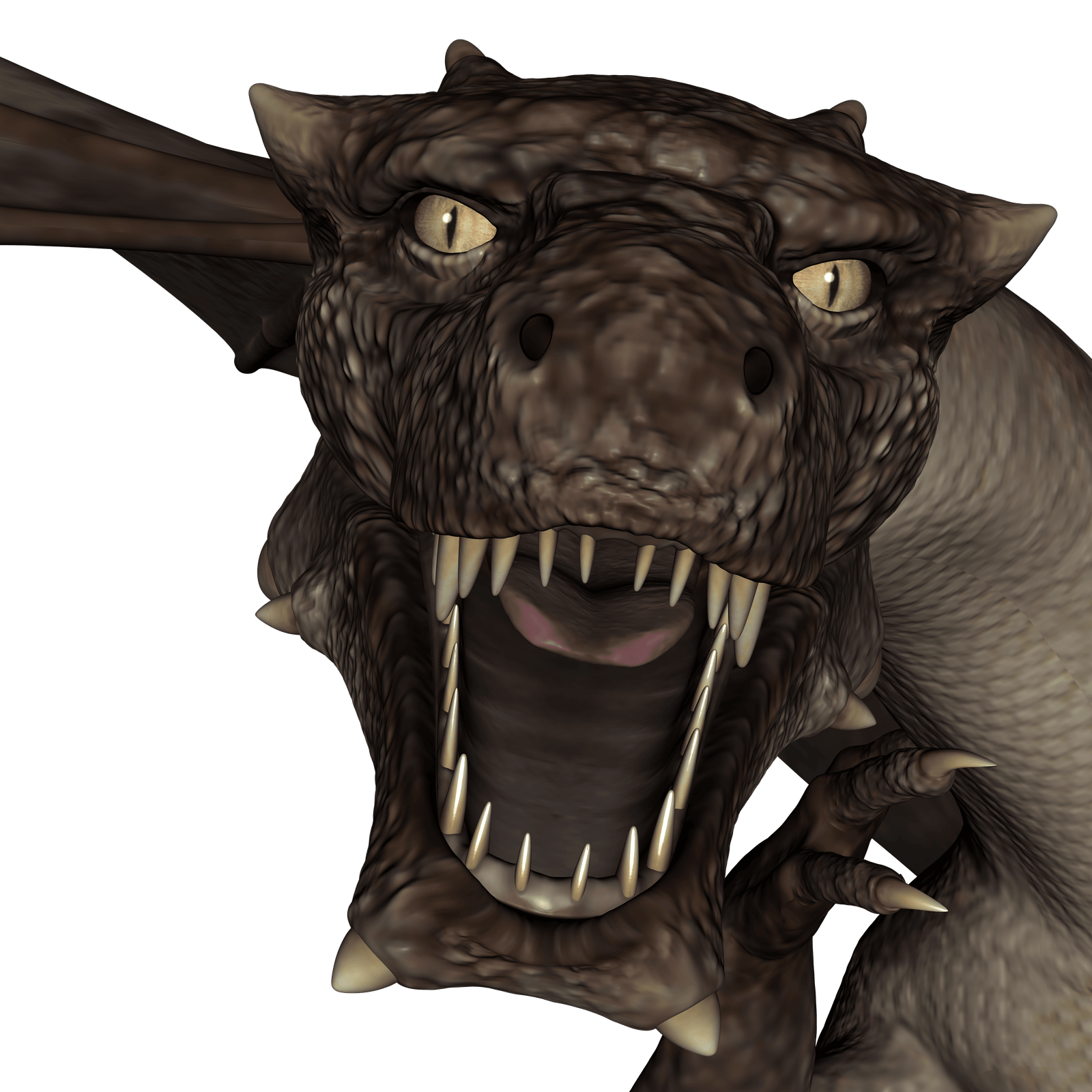
Dragon types should really be called lizard types for the shape of their heads–and often the rest of them as well–resembles large lizards. But that is something one should never say to a dragon.
It is a very great insult to suggest a dragon resembles a lizard and an even greater insult to call a dragon a big lizard. It seems that such an insult was once considered a breach of the Pendragon Treaty, sufficient provocation to acquit the offended drake of assault against the man who said it.
Insulting a dragon is a very bad idea.
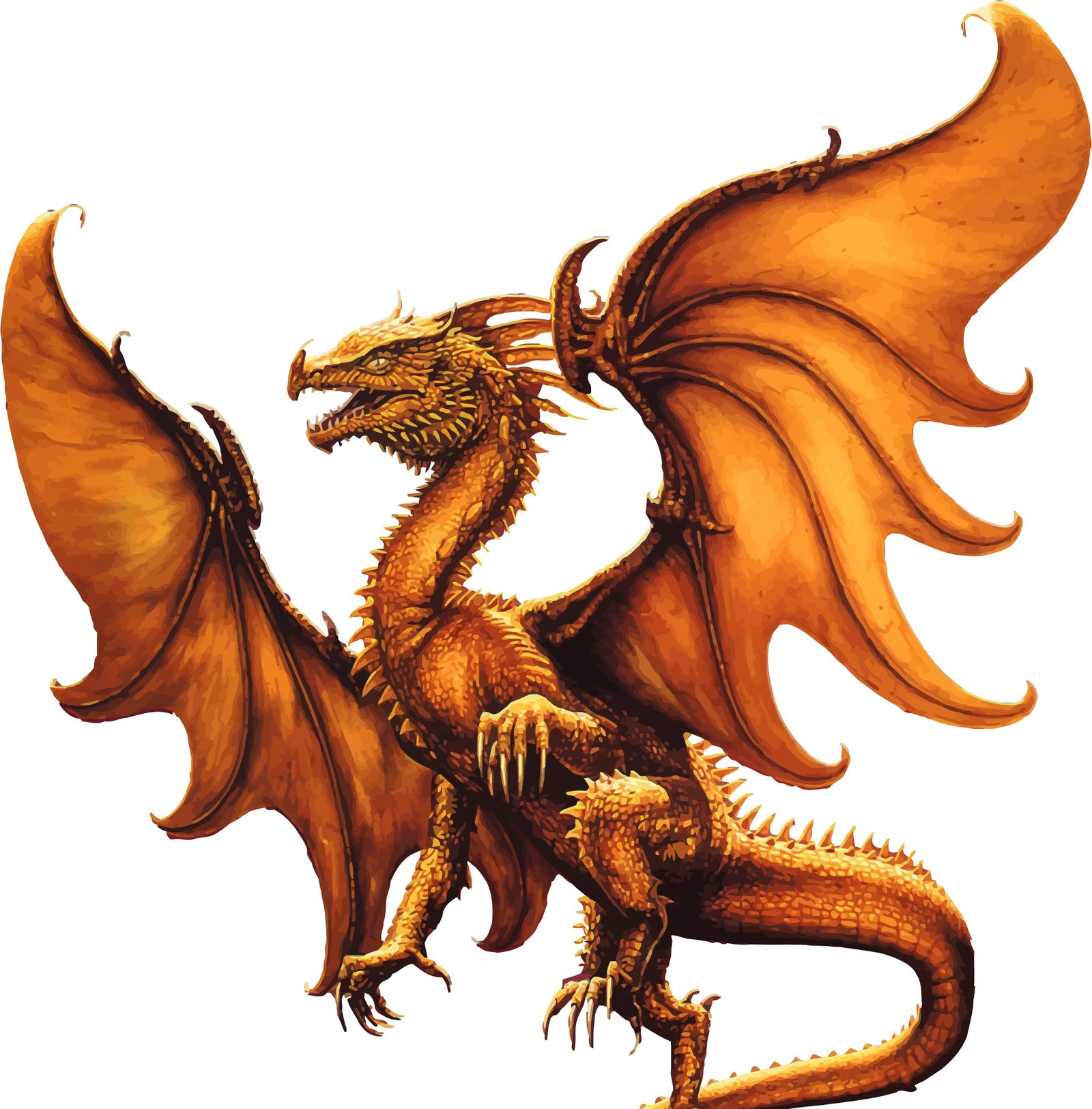
Fire Drakes
Fire Drakes are the largest, most spectacular of all the dragons. The highest ranked dragons are all fire drakes. I have heard tell, they might live up to 500 years! Though none remain who saw the Accords actually signed, Papa says that one of the Duges was hatched just after the time of the Accords and grew up, watching them implemented. I wonder if I might be permitted an introduction someday. How grand it would be to hear of those days from one who actually saw them.
Fire drakes are able to fly, though most only do so on moonless nights, lest they be seen by the dragon deaf. Such a sight would be difficult to persuade away. They can also breathe fire–the only type which can do so. I am told it is a fearsome sight indeed.
 Drakes
Drakes
Drakes are said to be the most common type of dragon, but I am convinced there are really more fairy dragons in England than drakes. But no one takes fairy dragons seriously–and they are often eaten by other wild dragon, birds of prey, cats and the like, so I suppose no one actually counts them.
Drakes are like wyrms, though I am told that is another thing one should not say very loud, in that there are both major and minor drakes. They can be nearly as large as a fire drake or as small as a large dog. The major ones are apt to insist that the small ones are really a different type altogether. The cranky ones suggest that minor drakes are truly lizard type dragons. I do not think I want to have that discussion with any of them.
Perhaps the notion has some sense to it though, as minor drakes may vary widely in their appearance. Some have frills that they can expand to look very large. Others have spikes along their heads or spines. Some, I am told have fins along their back and bony nubs on the ends of their tails. Rumblekins says that he has seen some with webbed feet. But I am not sure how much I can trust his reports.
 Wyverns
Wyverns
Longbourn is a wyvern, so this type should be of particular import to me. They are among the smallest of the major dragons and the weakest of them all. Wyverns have no titles, like most gentlemen. They are above only the minor dragons. I think this gives them a particular impatience with the deference smaller dragons show them. But that is only what I have heard. Perhaps I will learn differently when I meet Longbourn himself.
Despite their small size and low status, wyverns share similarities with fire drakes. First, they can fly. More interesting, they can breathe poison much in the way a fire drake breathes fire.
Puks
Puks are the smallest of the dragon types. Some say they are lucky, but I think they are more mischievous than anything else. The size of a lady’s dog, they often pass themselves as pugs and other cute dogs, living in the house, often constantly as the mistress’s side. They have wing nubs, but not real wings, and a hood that stands up when they are angry or afraid.
Hoarders by nature, they are drawn to pretty, shiny baubles. Most content themselves with coins and buttons, but some prefer jewelry and are apt to steal what catches their eye. It can be a real danger for anyone who keeps a puk.
Bird Types
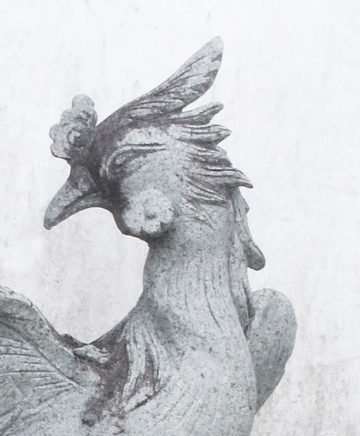
.
In all the reading I have done, there are no accounts of any major bird type dragons. It seems they are all minor dragons. But perhaps it is possible that there are major bird dragons that we do not know of yet.
In any case, all the bird type dragons have bird-like beaks. Some are very delicate, like hummingbirds, others are powerful like birds of prey. Bird-types also have wings, but since that is not their defining characteristic, I think it might be just a coincidence.
Cockatrice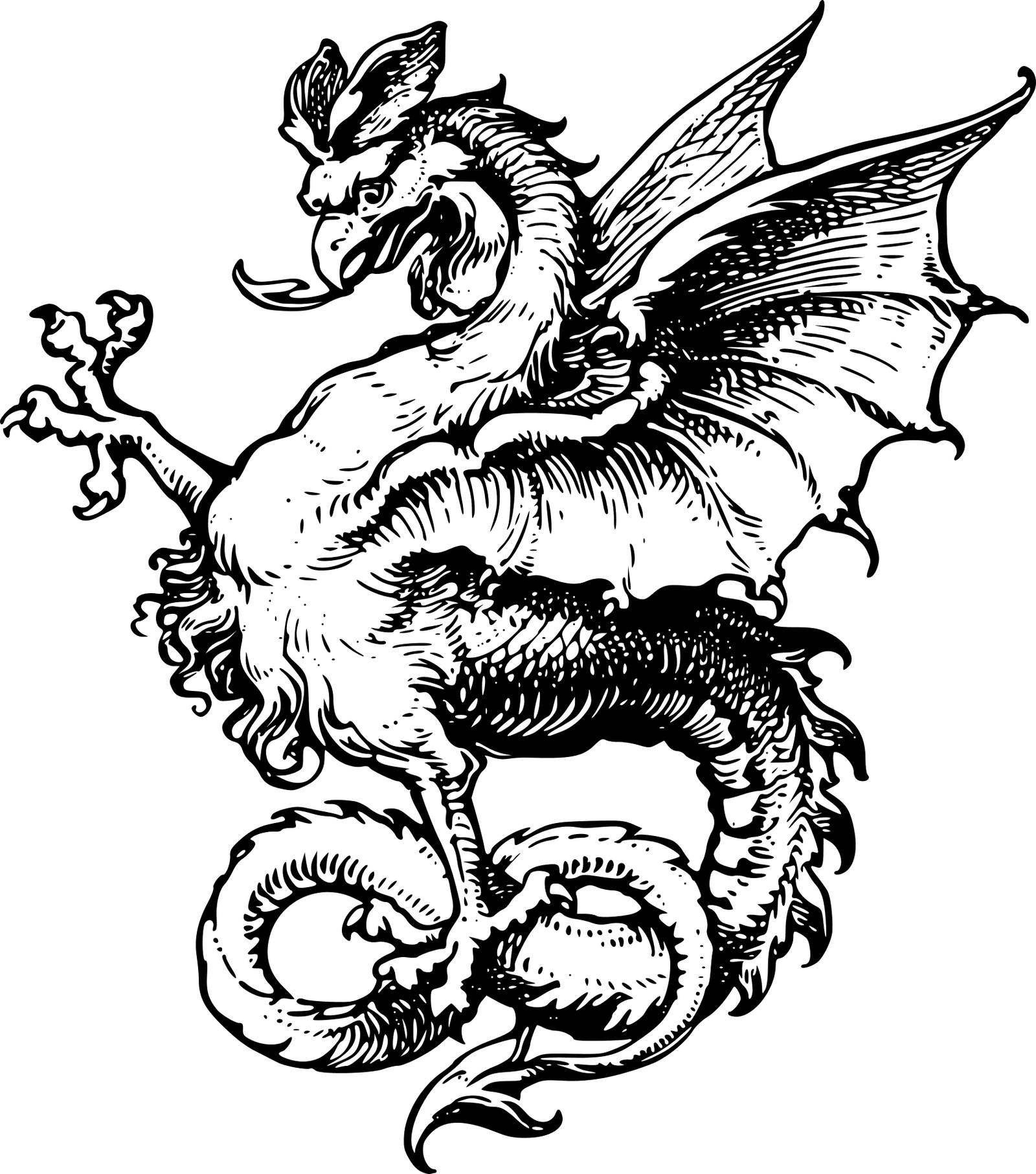
The Cockatrice is a very odd beast. Males and females look entirely different. The males’ head and body resemble birds of prey in shape, covered with feather scales. Their wings are leathery and their tails long and serpentine. In size, they match the range of birds of prey.
Females, though are entirely different creatures. They are very rare, I am told, and very showy. With spectacular feather headdresses and tails, they resemble birds far more than the males of their kind.
Both males and females are said to be very aggressive and rarely deign to associate with creatures over whom they cannot assert dominance.
I think they sound rather disagreeable. But Papa says Uncle Gardiner has a cockatrice friend, Rustle, who is quite a decent fellow. I suppose I shall found out when I meet him.
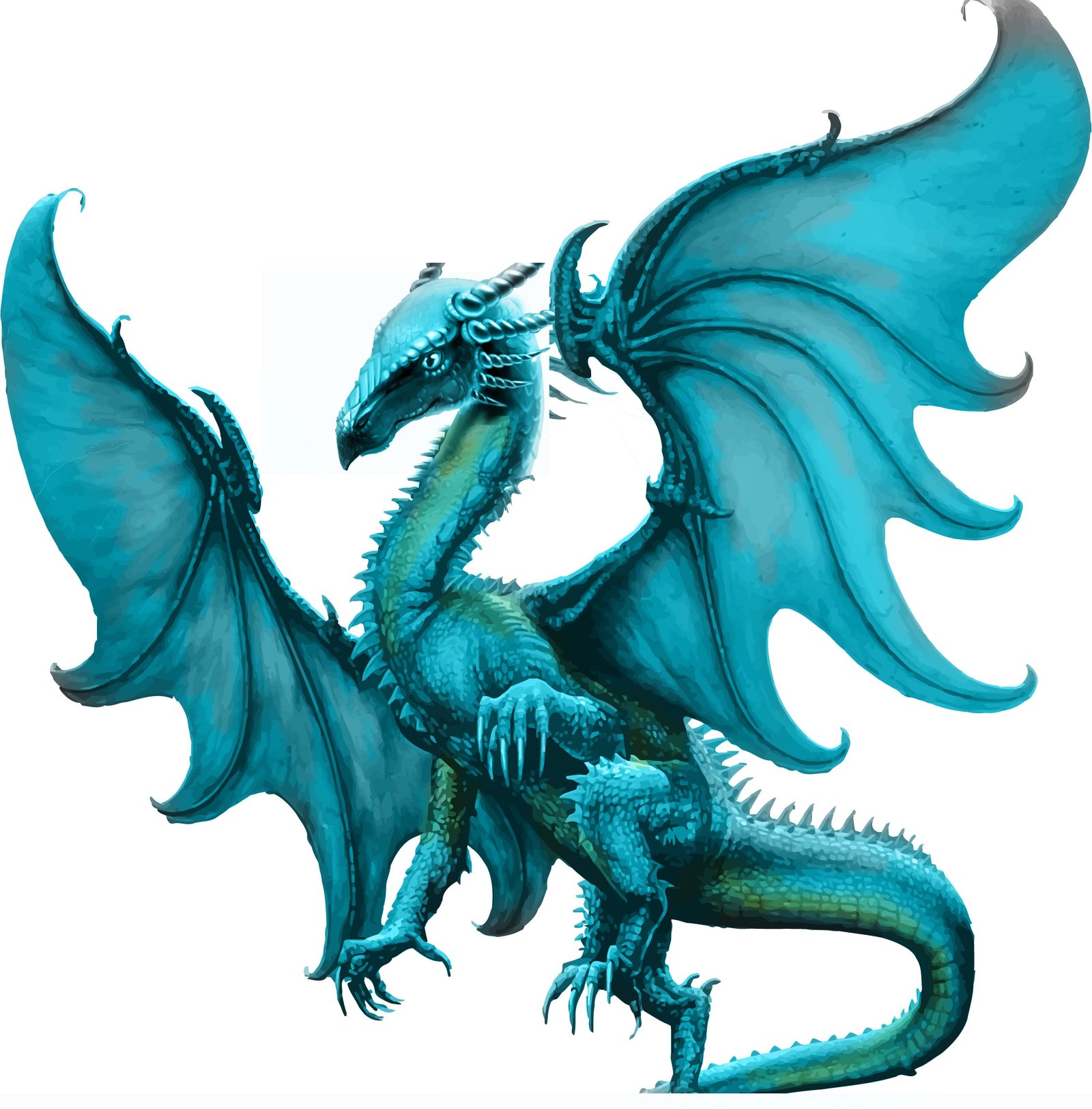
Fairy Dragon
Of all the dragon types, these are the kind I most wish to have for a dragon friend. Though they are said to be silly and senseless, I do not believe those reports to be true. I am sure being preyed upon by so many creatures leaves them flighty and nervous.
The wild ones I have overheard in the fields talk ever so much about what has tried to eat them and how best to avoid them. No wonder they are anxious.
Still though, their plans can be quite clever. I am sure they are cleverer than most give them credit for being. They are certainly beautiful, dainty little things, sipping at flowers and feasting on fruits.
I am sure one would make a wonderful companion, if I should only have the chance to befriend one. I know Papa does not care very much for them, but perhaps he can be persuaded.
I hope that Papa is now convinced I know enough about dragon types and I can soon meet Longbourn. I think I must be growing as impatient as a wyvern for that day!
Get the series in ebook and paperback!
Please support this author and this site by using this affiliate link.

I love this series, and cannot begin to comprehend the amount of research *you* needed to do to come up with all these persnickety details!
I’ve been spending a lot of time knee deep in dragon mythology from around the world, looking for all these persnickety details. Granted I’ve made a few up myself when necessary… Thanks, Catherine!
Wow, these details are amazing!!! I’m curious about your sources for all these dragon types and their various characteristics.
Thank you for sharing Elizabeth’s Commonplace Book with us–such a treat!! 😀
Warmly,
Susanne 🙂
I’ve been trolling a lot of internet sources for dragon mythologies. I try to use those whenever possible and fill in details as I need them for the story from there. One of the challenges is that so many sources contradict each other. Wyverns in one mythology and cockatrices in another and so forth. Sometimes I have to just make an editorial decision and go one.
Wonderful descriptions! I can hardly wait for the next book in the series to come out!!
Thanks!
Ah yes, intelligence. One can be intelligent but not necessarily have common sense! I love the detail and thoughts Elizabeth has composed. To think this is only while she is still young and the details she has been adding ever since will certainly add to the knowledge of the Blue Order. If only her father wasn’t so blinded…but maybe that has to do with meddling and persuasion from another! Can’t wait for book 3!
Thanks, Carole! Elizabeth is definitely a prodigy when it comes to dragons. I think part of the problem is that her father would not necessarily be looking for such a brilliance from a daughter. From a son it might have been more noticeable given the era.
Oh, I’m so glad to see that Book 2 is already published. I just bought and read Book !, and was concerned about what happens next. I could not bear to leave the story where it was at the end of Book 1!!
Thanks so much Beatrice!